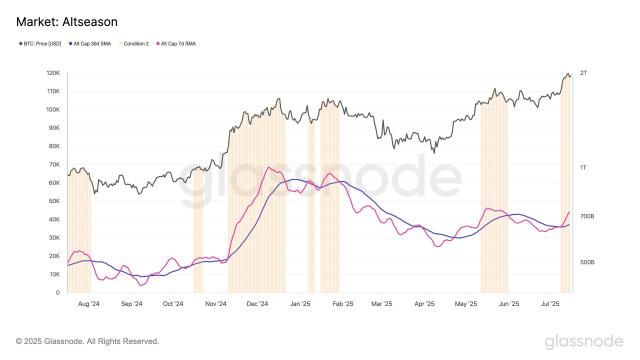Author: BlockSec
0. Introduction
Stablecoins have developed rapidly in recent years. With their widespread application, regulators are increasingly emphasizing the establishment of a mechanism capable of freezing illegal funds. We observe that mainstream stablecoins like USDT and USDC have technically acquired this ability. In practice, multiple cases have demonstrated that these mechanisms have indeed played a role in combating money laundering and other illegal financial activities.
Furthermore, our research indicates that stablecoins are not only used for money laundering but are also frequently involved in terrorist organization financing processes. Therefore, this article analyzes from two perspectives:
Systematically review the freezing of USDT blacklisted addresses;
Explore the connection between frozen funds and terrorist financing.
This report is based on publicly available on-chain data and may contain inaccuracies or omissions. If you have suggestions or corrections, please contact us at: contact@blocksec.com.
2.1 Core Findings
Release Timing: Since the escalation of the Israel-Iran conflict on June 13, 2025, only 1 new seizure order was added (on June 26). The previous document was dated June 8, indicating a lag in law enforcement response during geopolitical tensions.
Target Organizations: Since the conflict outbreak on October 7, 2024, NBCTF has issued 8 seizure orders, with 4 explicitly mentioning "Hamas", and the latest one first mentioning "Iran".
Addresses and Assets Involved in Seizure Orders:
76 USDT (Tron) addresses
16 BTC addresses
2 Ethereum addresses
641 Binance accounts
8 OKX accounts
Our on-chain tracking of 76 USDT (Tron) addresses revealed two behavior patterns of Tether in responding to these official directives:
Proactive Freezing: Tether had already blacklisted 17 Hamas-related addresses before the seizure order was issued, an average of 28 days in advance, with the earliest being 45 days ahead.
Rapid Response: For the remaining addresses, Tether completed freezing in an average of just 2.1 days after the order was published, demonstrating good law enforcement cooperation.
These indications suggest a close, and even preemptive collaborative mechanism between Tether and some national law enforcement agencies.
3. Summary and AML/CFT Challenges
Our research shows that while stablecoins like USDT provide technical means for transaction controllability, AML/CFT still faces the following challenges in practice:
3.1 Core Challenges
Lagging Enforcement vs. Proactive Prevention: Most law enforcement actions currently rely on post-event processing, leaving room for illicit actors to transfer assets.
Regulatory Blind Spots of Exchanges: Centralized exchanges, as entry and exit hubs, often have insufficient monitoring and struggle to identify abnormal behaviors in a timely manner.
Increasingly Complex Cross-Chain Money Laundering: The use of multi-chain ecosystems and cross-chain bridges makes fund transfers more covert, multiplying the difficulty of regulatory tracking.
3.2 Recommendations
We recommend that stablecoin issuers, exchanges, and regulatory bodies:
Enhance on-chain intelligence sharing;
Invest in real-time behavioral analysis technologies;
Establish a cross-chain compliance framework.
Only under an timely, collaborative, and technologically mature AML/CFT system can the legitimacy and security of the stablecoin ecosystem be truly guaranteed.
4. BlockSec's Efforts
At BlockSec, we are committed to promoting security and compliance in the crypto industry, focusing on providing implementable and actionable on-chain solutions for AML and CFT. We have launched two key products:
4.1 Phalcon Compliance
Designed for exchanges, regulatory bodies, payment projects, and DEXs, supporting:
Multi-chain address risk scoring
Real-time transaction monitoring
Blacklist identification and alerts
Helping users meet increasingly stringent compliance requirements.
4.2 MetaSleuth
Our visualization on-chain tracking platform, already adopted by over 20 global regulatory and law enforcement agencies. It supports:
Visualized fund tracking
Multi-chain address profiling
Complex path restoration and analysis
These two tools collectively embody our mission—safeguarding the order and security of the decentralized financial system.
Addresses involved in the document:
https://docs.google.com/spreadsheets/d/1pz7SPTY2J4S7rGMiq6Dzi2Q5p0fXSGKzl9QF2PiV6Gw/edit?usp=sharing







